[ad_1]
How to prevent your product from rotting
The silent enemy of digital growth has a name: EssHittification.
There is a reason why many apps, platforms and products that we loved before … Now we are frustrated, bored or simply ignore.
Not that they have changed on the outside.
They have rotted inside.
And it is not a metaphor.
Has a name: enshittification (or “shit”, if we want to be direct).
What is the teshittification?
The term was coined by Cory Doctorow To describe the slow, but implacable process, through which a product degrades as it grows:
-
LinkedIn buries your publications if you don’t pay.
-
Google prioritizes ads before real results.
-
Duolingo becomes an addictive game, but less and less educational.
This phenomenon occurs without scandal, without headlines.
Start with a little popup.
A misunderstood metric.
A button that “converts more”, but bothers the user.
Until one day, which was useful, clear and human … becomes a system designed only for extract valueNot to create it.
Can it happen to you?
Yeah.
Especially if you are growing.
Because when the business grows, Incentives change.
And if you do not blind the original vision of your product, you will end up optimizing the wrong: the short term to Costa del largo.
The good news: you can avoid it.
Here are 4 practical ideas To protect your teaching product:
1. Document your vision as if it were a company policy
Clearly define who you build, what limits you will not cross … and become your strategic compass.
Prompt IA:
“Help me write a vision statement for my product that serves as a strategic filter. I want it to be short, actionable and that you can consult it every time I doubt between growing or protecting the user’s experience.”
2. Measure what really matters
Forget about empty clicks.
Start measure:
-
% of users who recommend without incentives
-
NUMBER OF REPEATED SOPORT TICKETS
-
Qualitative positive comments
What is not measured is deformed. But what is badly measured … It rots.
3. If something turns more, but bothers … slows down
A button double your leads, but also your cancellations?
You are not winning. You are digging your grave.
Prompt for ia:
“Analyze the risks of implementing (describe the specific tactics). Calculate:
Probable cancellation/return rate
Impact on negative reviews
Lost customers reader
Estimated reputational damage
Compare the immediate benefit vs. loss of customer life (LTV). ”
4. Talk to your community before it’s late
Don’t wait for users to leave.
Ask them what part of the product already Does not feel the same. Sometimes the problem has already started, but nobody has told you.
Prompt for ia:
“Create a survey of 3 short questions to detect if users feel that something has changed for worse in their experience.”
It is not a matter of evil. It’s a matter of oblivion.
The teshittification does not happen because you have bad intentions.
Occurs when you stop designing With intention.
And if you do not design for your audience, you will end up designing for algorithms, for your metrics, or for your investors.
And when that happens, the user … leaves.
Share on social networks
Alejandro Díaz Peréz
Computer Science Engineer. I am a software developer with 1 year of experience in Web Developing Full Stack and I am part of the Fyself Marketing and Advertising Team
In this article
[ad_2]
Source link

